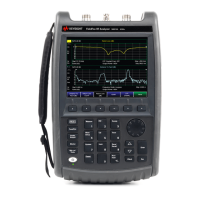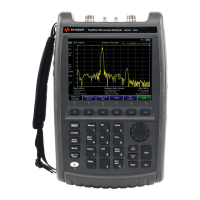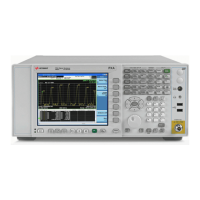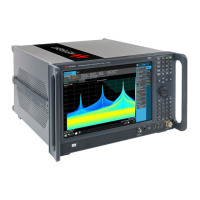67
Functions and Measurements
Making an Average Power Measurement
Making an Average Power Measurement
Average power measurements provide a key metric in
transmitter performance.
Base station transmit power must be set accurately to
achieve optimal coverage in wireless networks. If the
transmit power is set too high due to inaccurate power
measurements, undesired interference can occur. If the
transmit power is set too low, coverage gaps or holes may
occur. Either case affects system capacity and may translate
into decreased revenue for service providers. Average power
can be measured for the channel of interest while the base
station is active. All other channels should be inactive.
Average power is a broadband measurement. If other signals
are present the analyzer will also measure their power
contributions.
The N9320B spectrum analyzer supports the U2000 Series
USB power sensors.
The U2000 Series USB power sensors do not need manual
calibration and zero routines performed. Calibration and
zeroing are performed without removing the power sensor
from the source, through internal zeroing. With internal
zeroing of U2000 Series USB power sensors, there is no need
to disconnect the sensor or power- off the DUT. The U2000
Series do not require 50 MHz reference signal calibration,
allowing the factory calibration to ensure measurement
CAUTION
The maximum power for the RF IN port and the RF OUT port of the
analyzer is +30 dBm (1 W). The maximum power for the U2000 Series
Power Sensor port is +25 dBm (316 mW). When directly coupled to a
base station, the test set can be damaged by excessive power applied
to any of these three ports.
To prevent damage in most situations when directly coupling an
analyzer to a base station, use a high power attenuator between the
analyzer and the BTS.
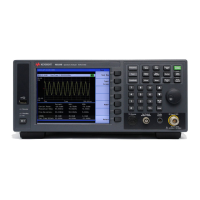
